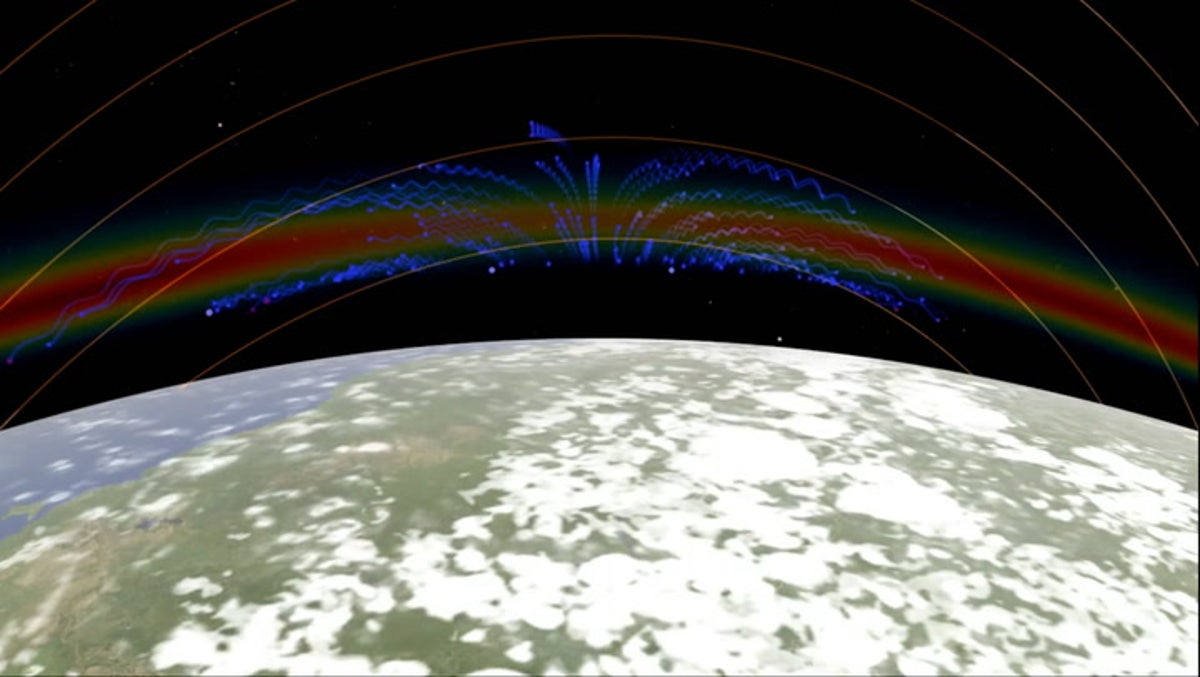UK Leads Global Innovation in Space Weather Forecasting with New Supercomputer Technology
The UK Met Office has launched a groundbreaking suite of space weather forecasting models designed to protect vital technology systems from disruptions caused by solar activity. Developed by top UK institutions and now operational on the Met Office’s latest supercomputer, the new system offers unprecedented insights into how space weather impacts the Earth's upper atmosphere, particularly the thermosphere and ionosphere.
The Advanced Ensemble Networked Assimilation System (AENAS) has been hailed as a major advancement in atmospheric science. It enables near real-time analysis of space weather’s influence on high-frequency communications, GPS accuracy, and satellite operations — all essential components of modern infrastructure.
“This is a really exciting example of how better understanding of what’s happening in space can protect the tech we all rely on, from GPS on our phones to keeping the power grid working,” said Science Minister Sir Patrick Vallance. “Once again, cutting-edge British innovation is making a remarkable difference to our daily lives—this time from way up in the atmosphere.”
Developed in collaboration between the University of Birmingham, Lancaster University, and others including the Universities of Leeds, Bath, and Leicester, along with the British Antarctic Survey, the technology represents a strong example of academic and governmental partnership.
Professor Farideh Honary of Lancaster University, who contributed to the model, highlighted its real-world application:
“We are happy to see our research being translated into a useful product to be used by industry. The research and modelling led by Lancaster is relevant to the aviation industry and in particular to flights using polar routes which are dependent on high-frequency communications."
Polar route flights have become more common since the 1990s, offering reduced flight times and fuel consumption, along with lower carbon emissions—benefits that now come with improved protection thanks to this innovation.
Simon Machin, space weather manager at the Met Office, emphasized the practical implications of the technology:
“This delivers a world-leading capability that provides greater confidence and forecasting skill than any models currently in operation anywhere else in the world. This isn’t just about science—it’s about protecting the systems we rely on every day.”
The Met Office’s new forecasting capabilities will complement existing models that track solar events and predict their arrival on Earth. This development ensures that sectors like aviation, energy, communications, and national security are better prepared for space weather impacts.








